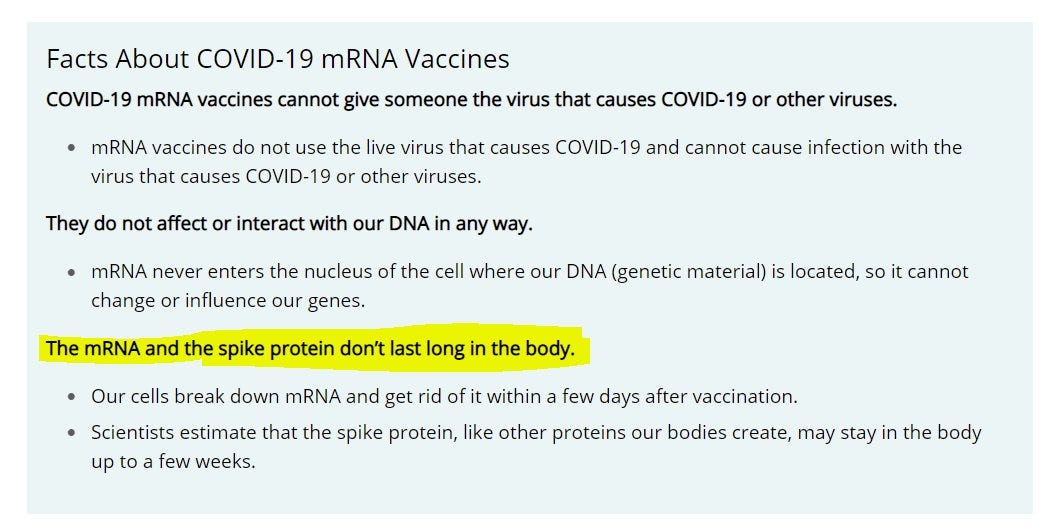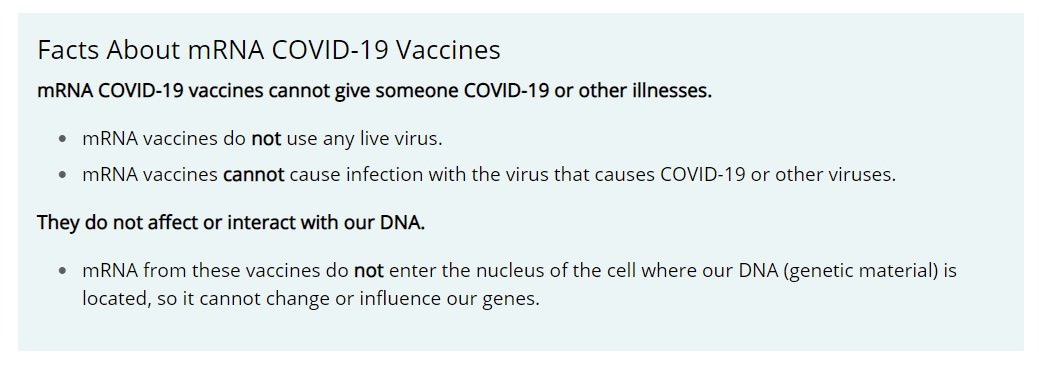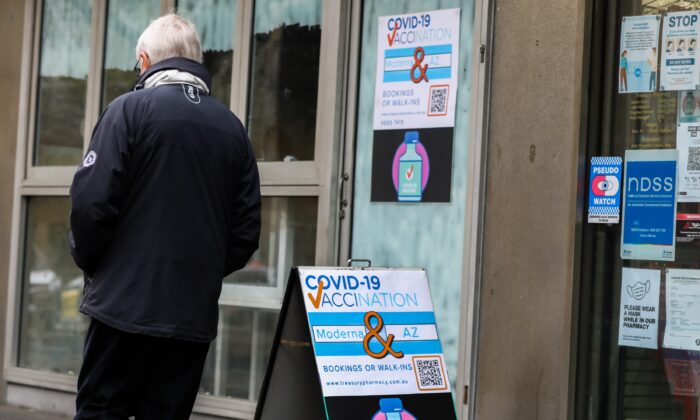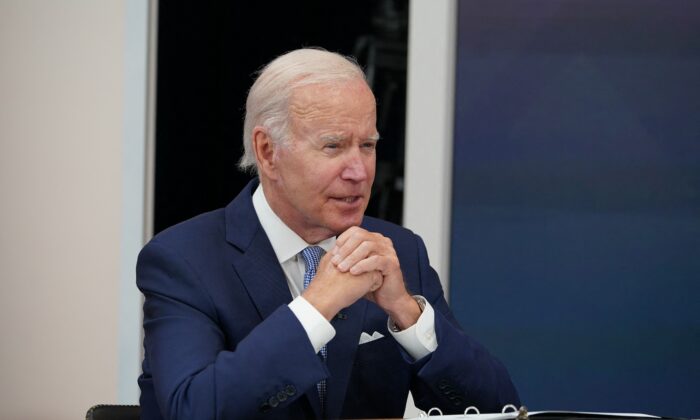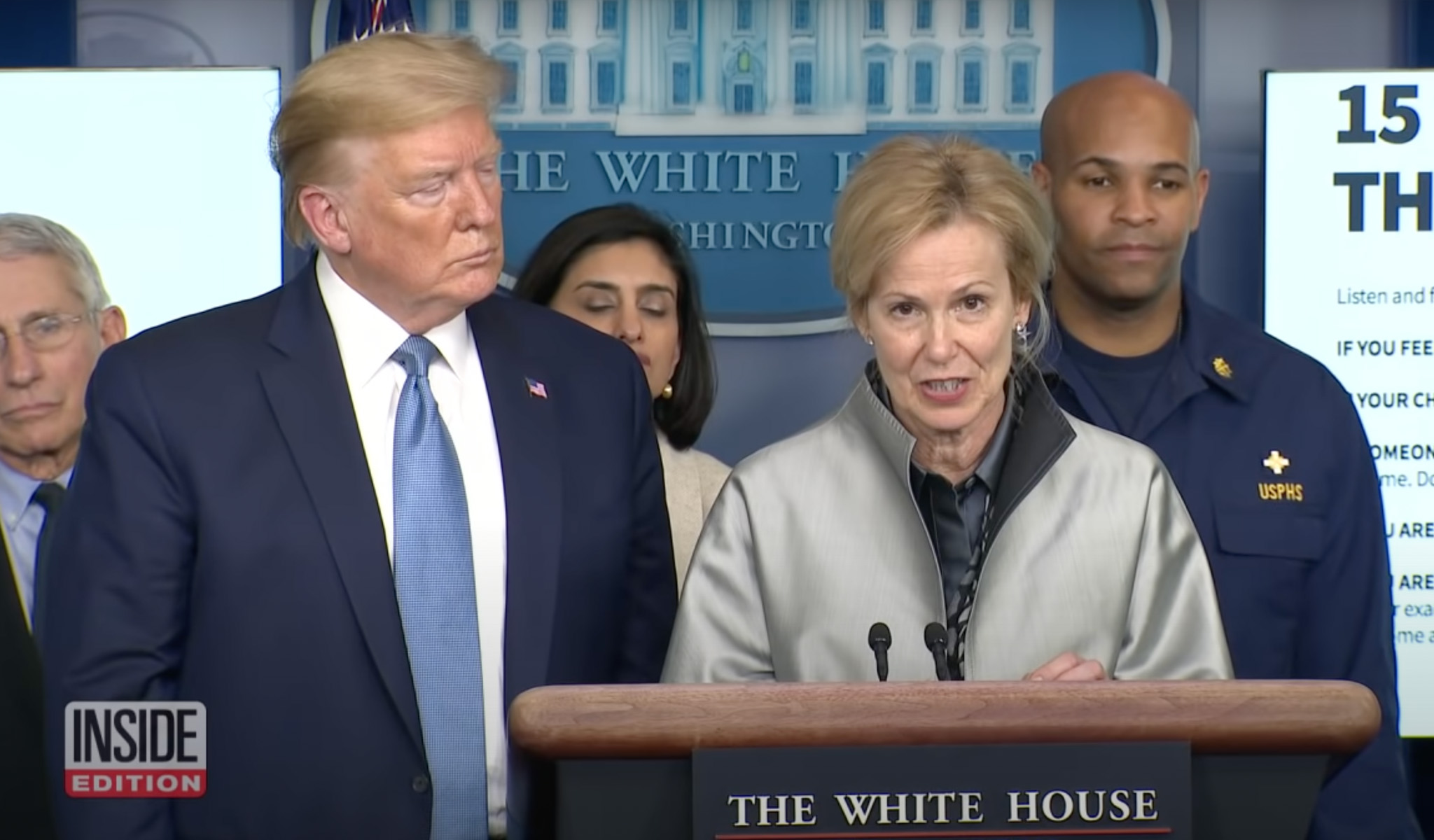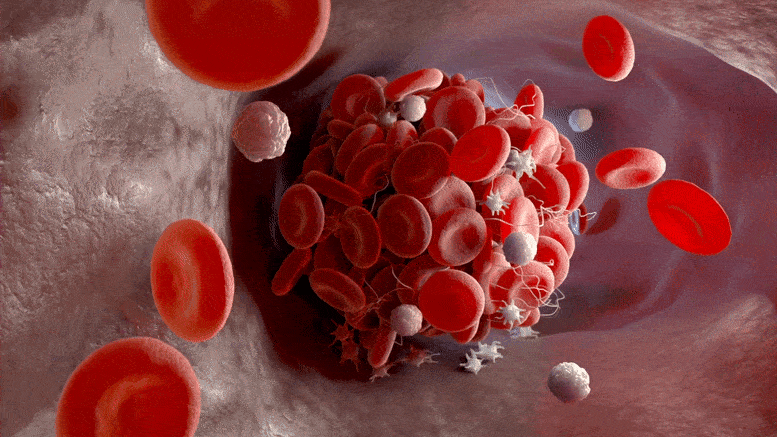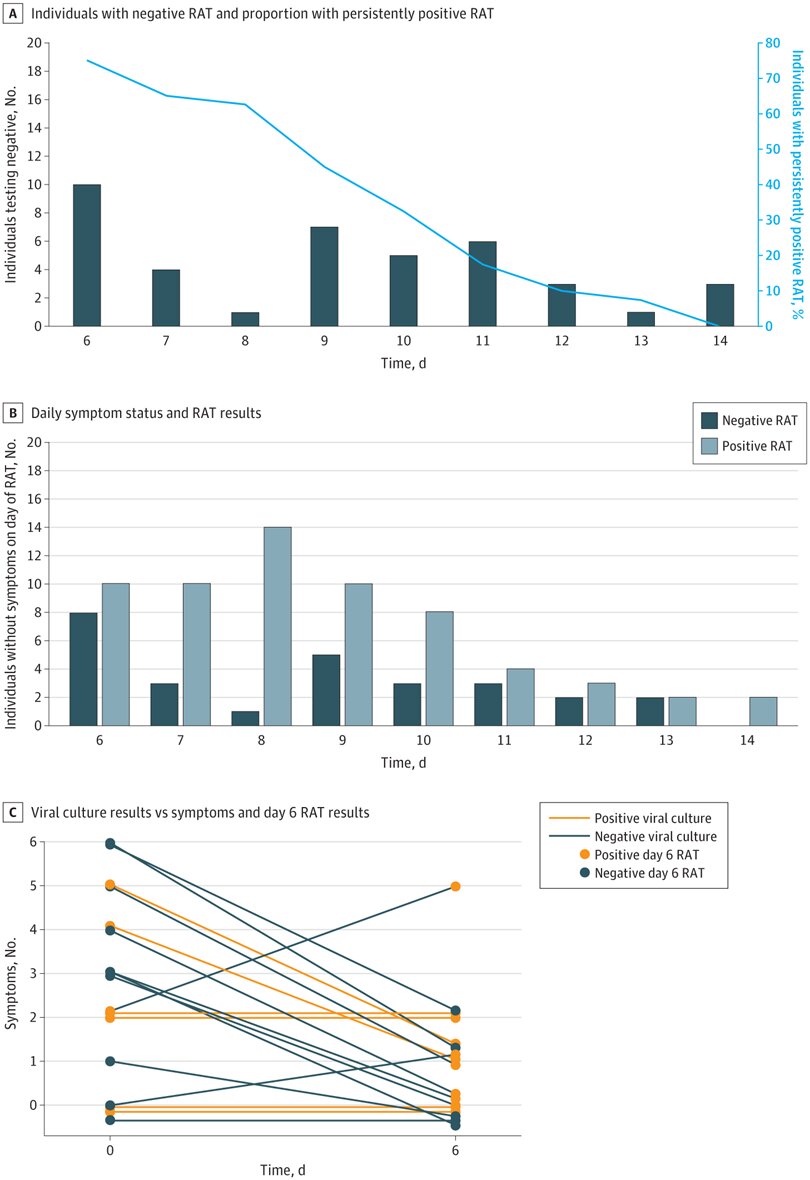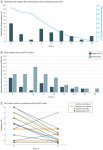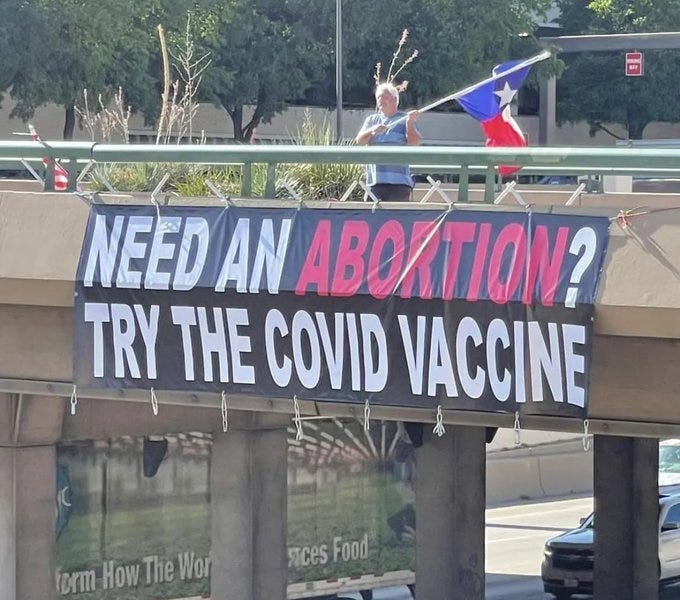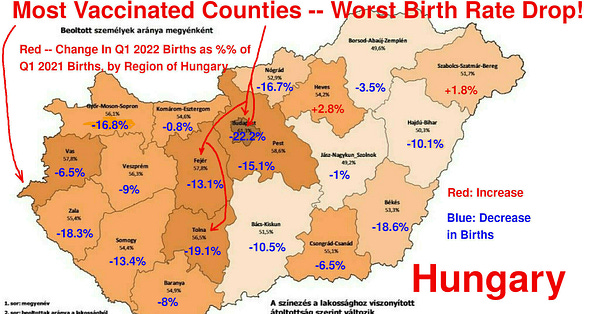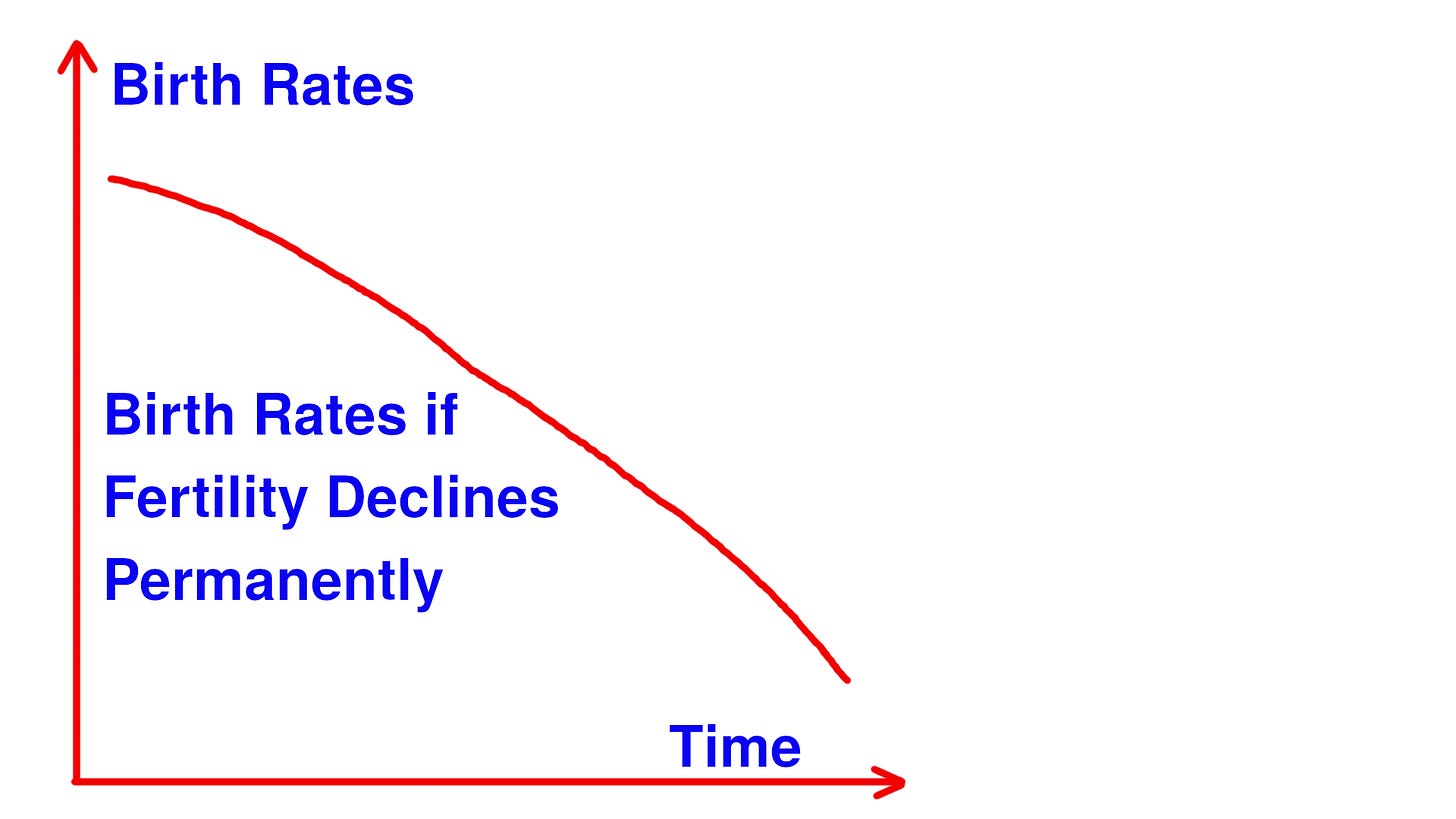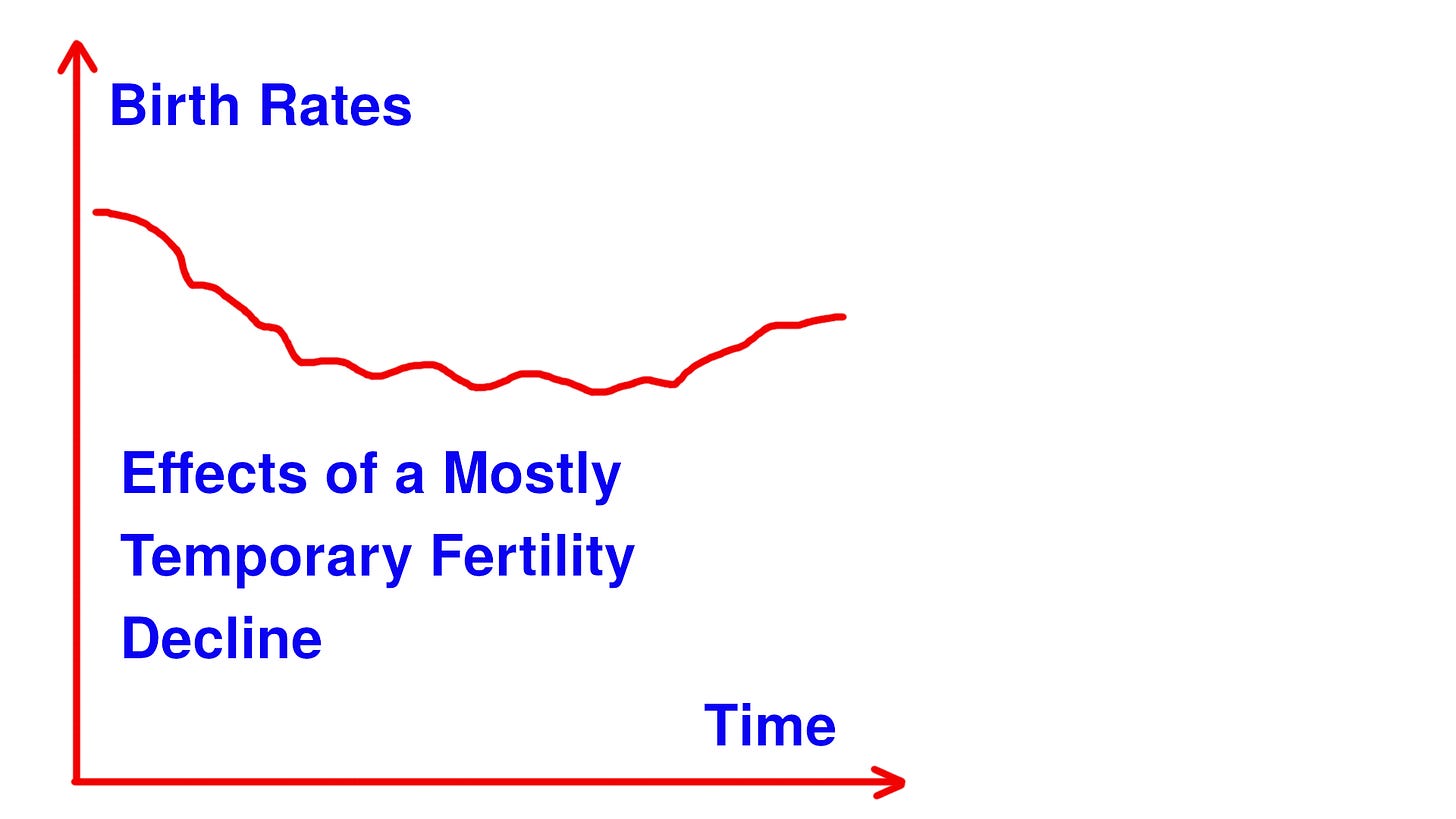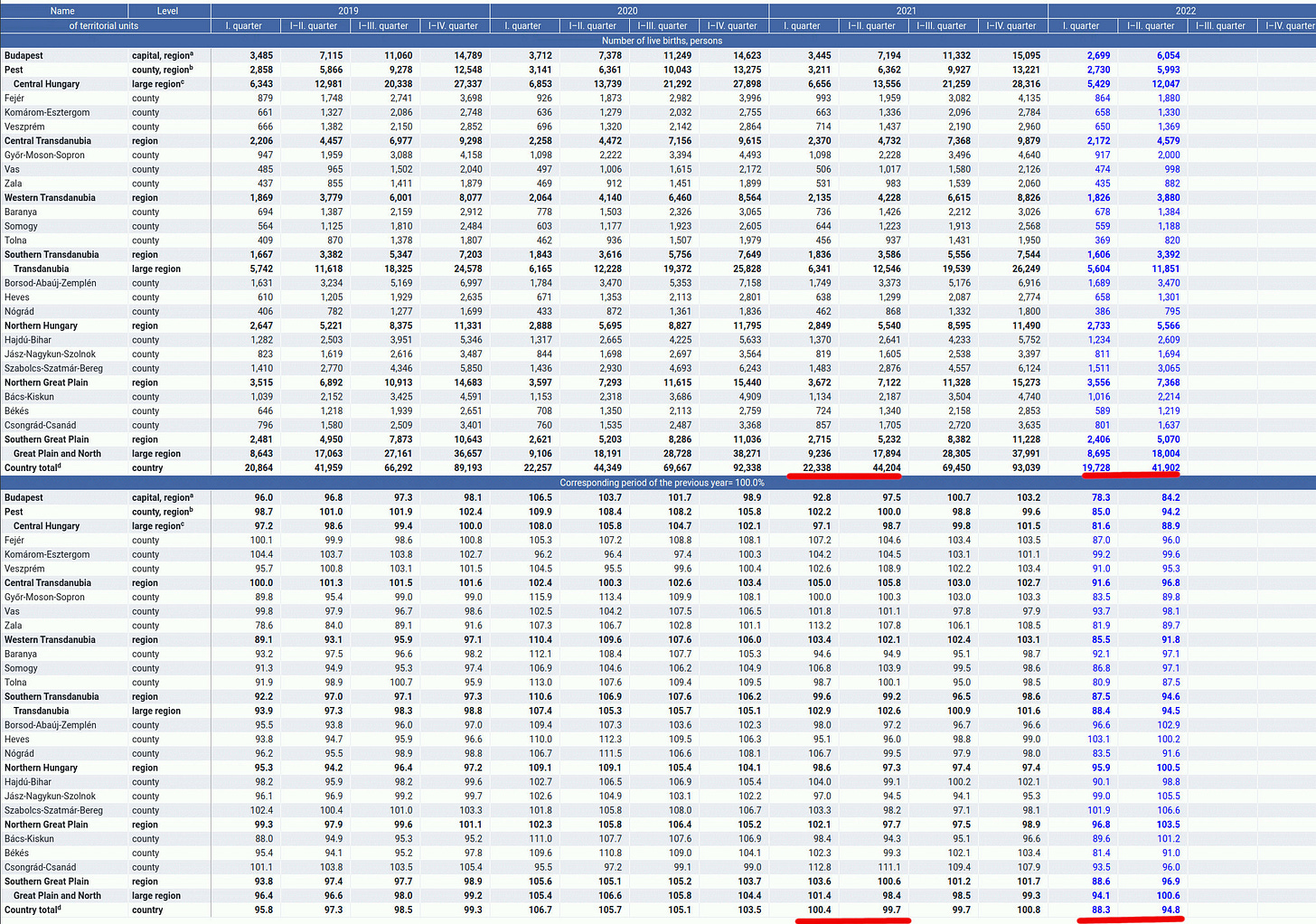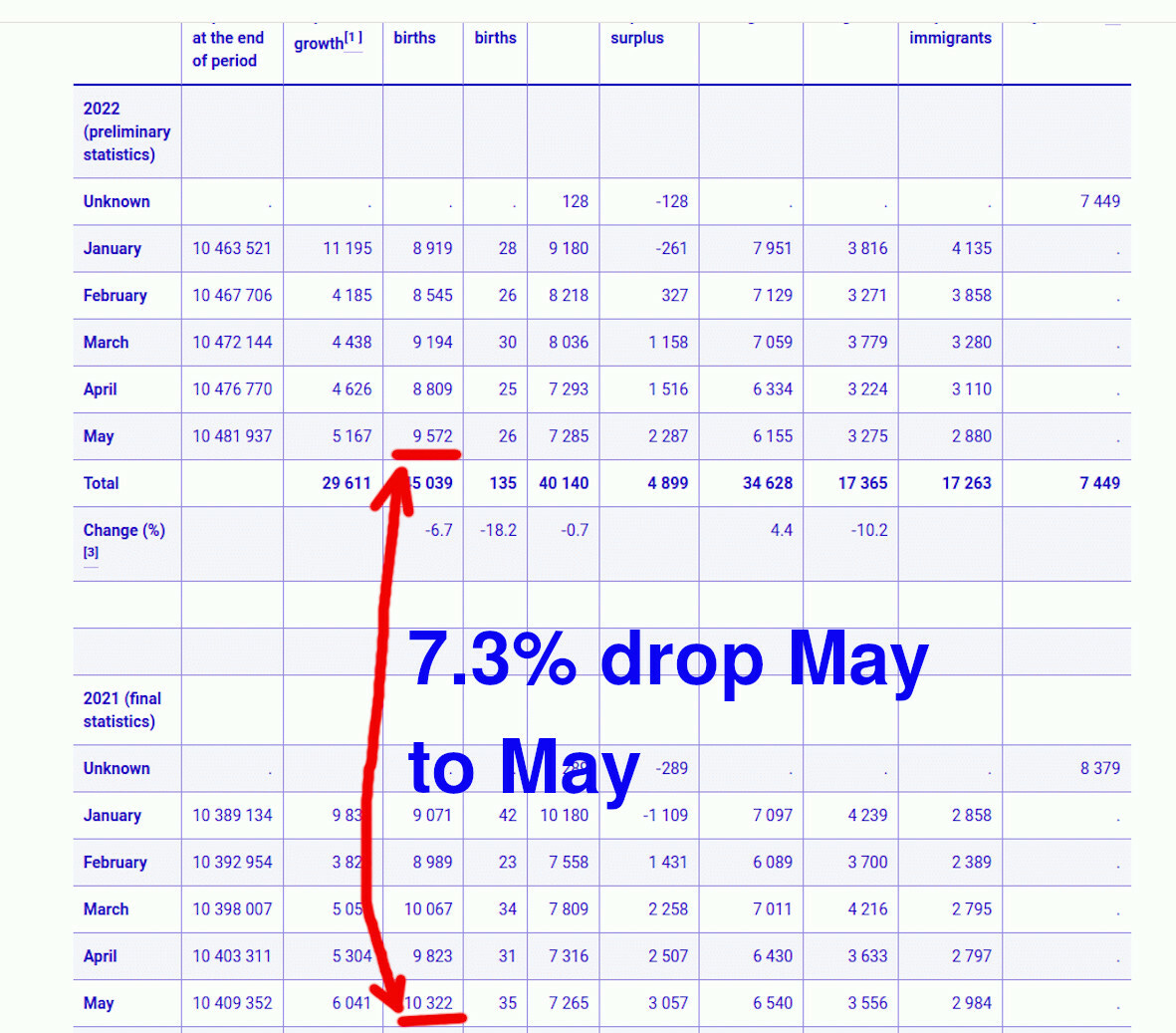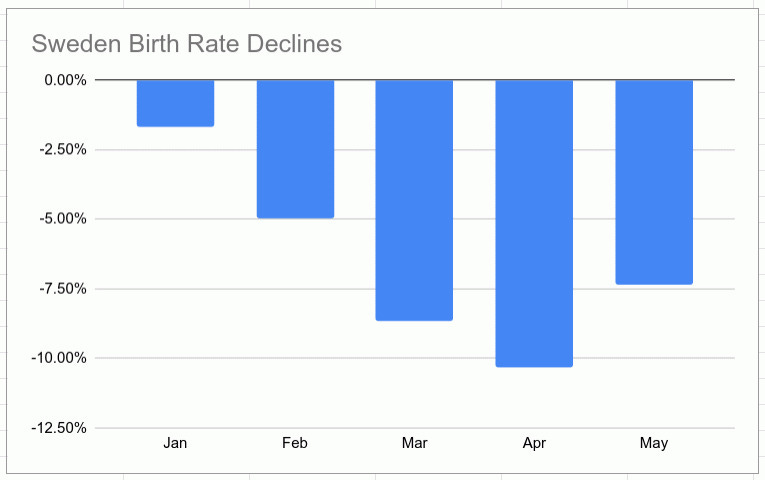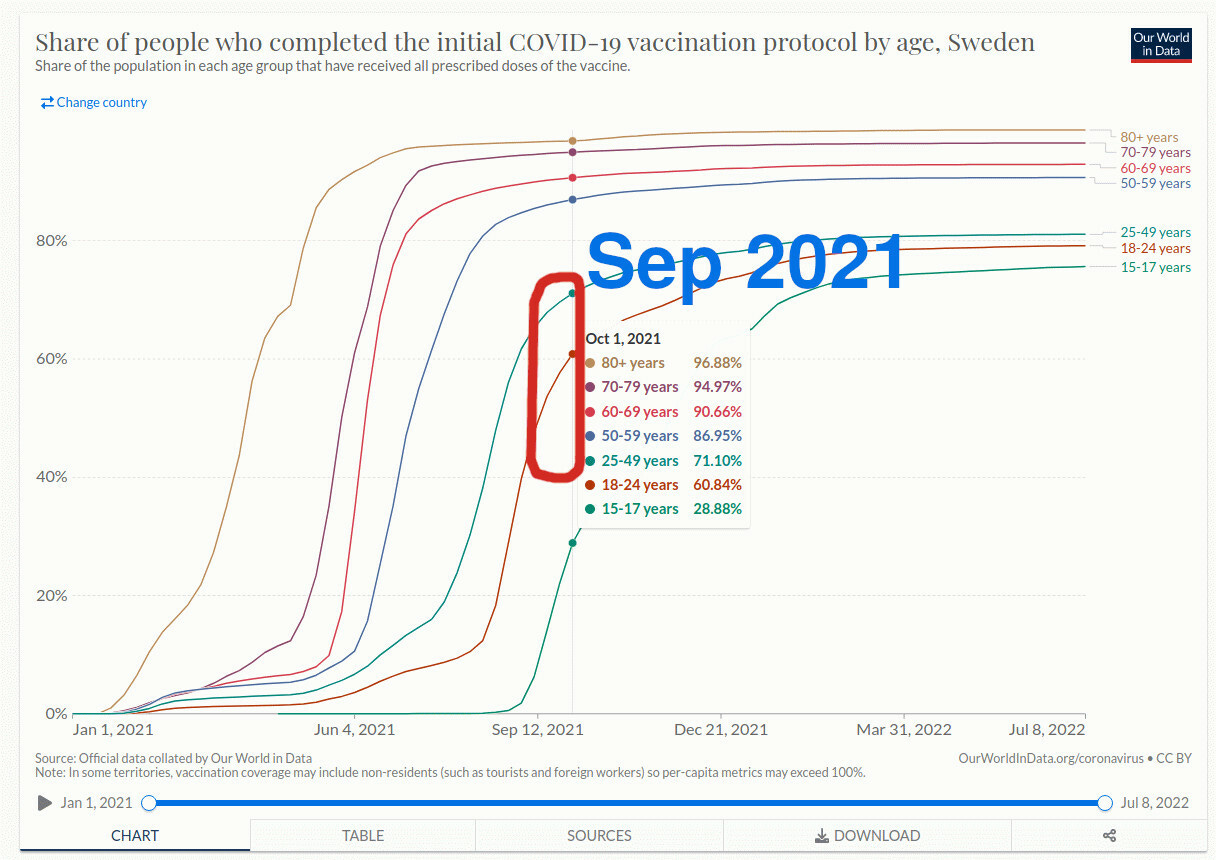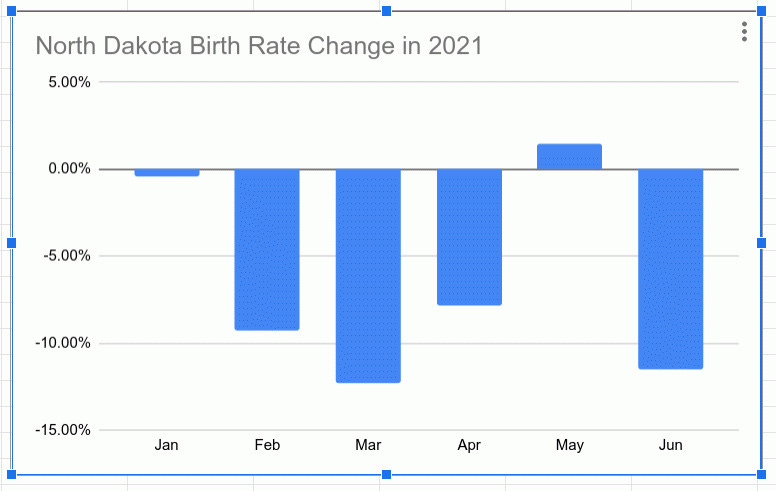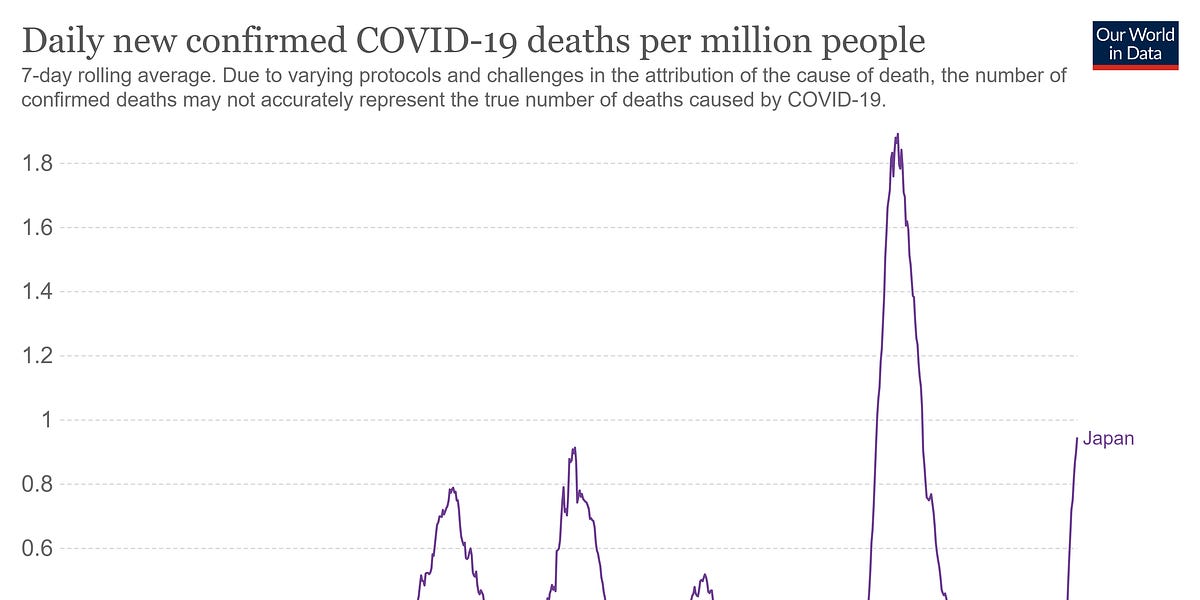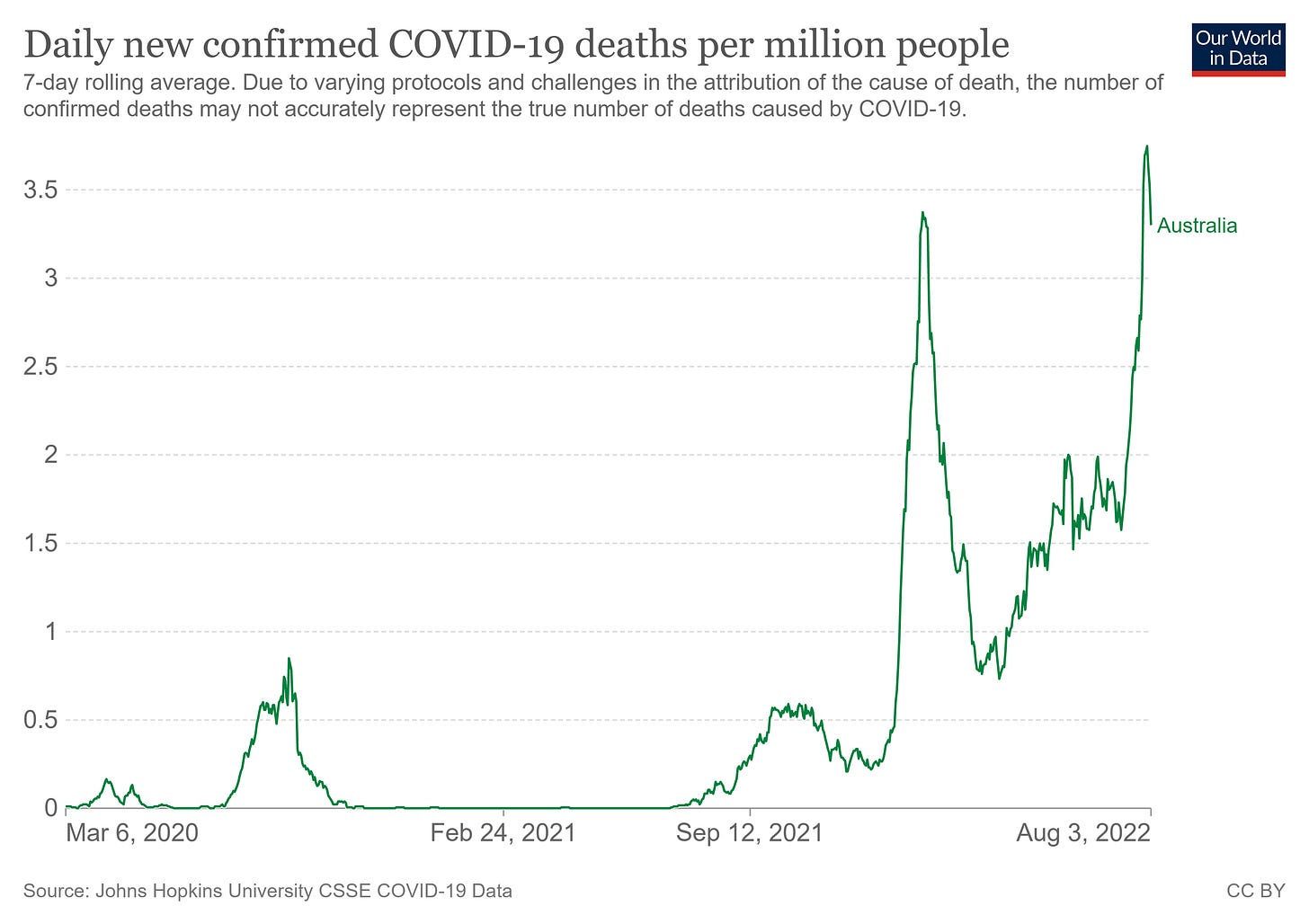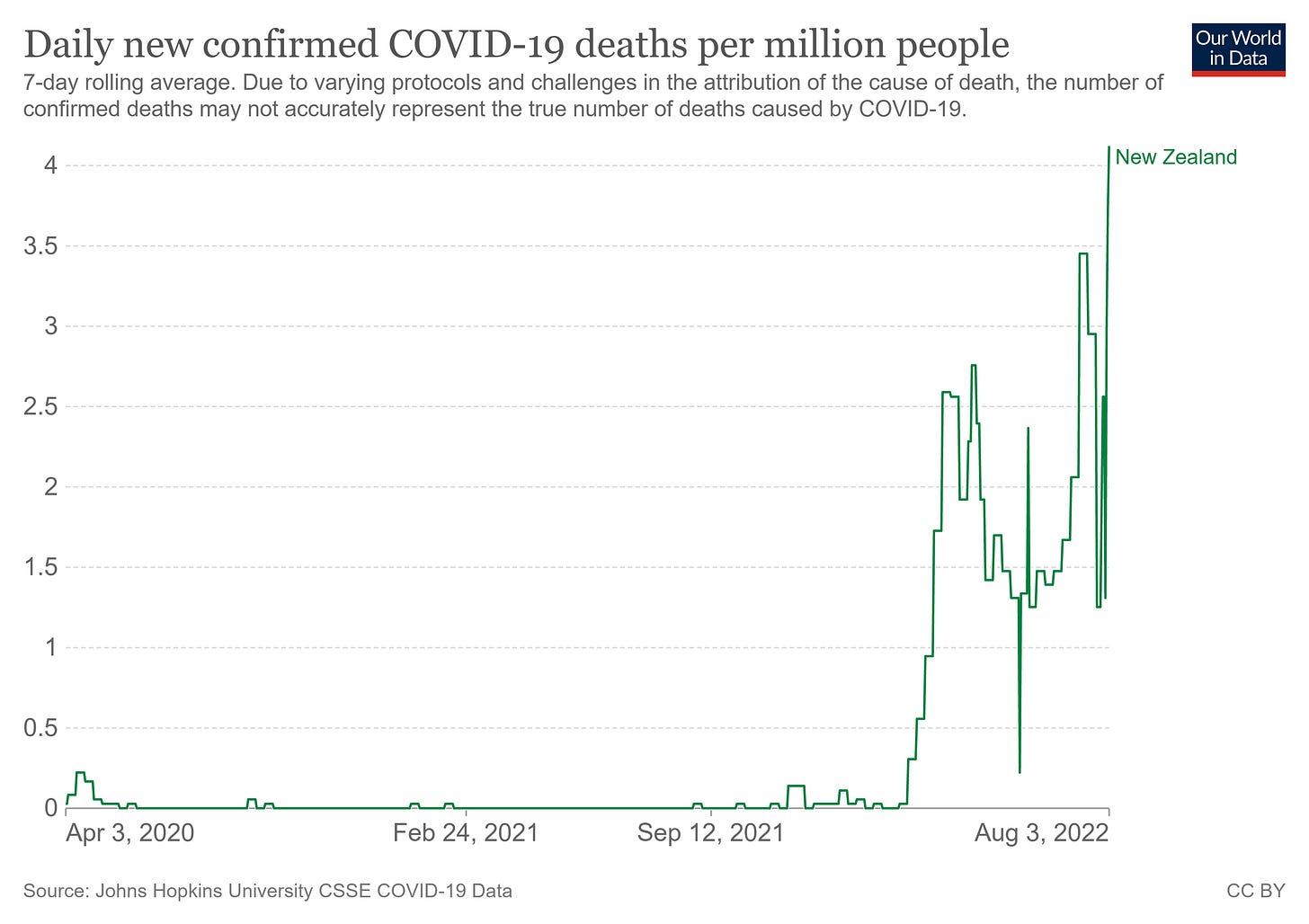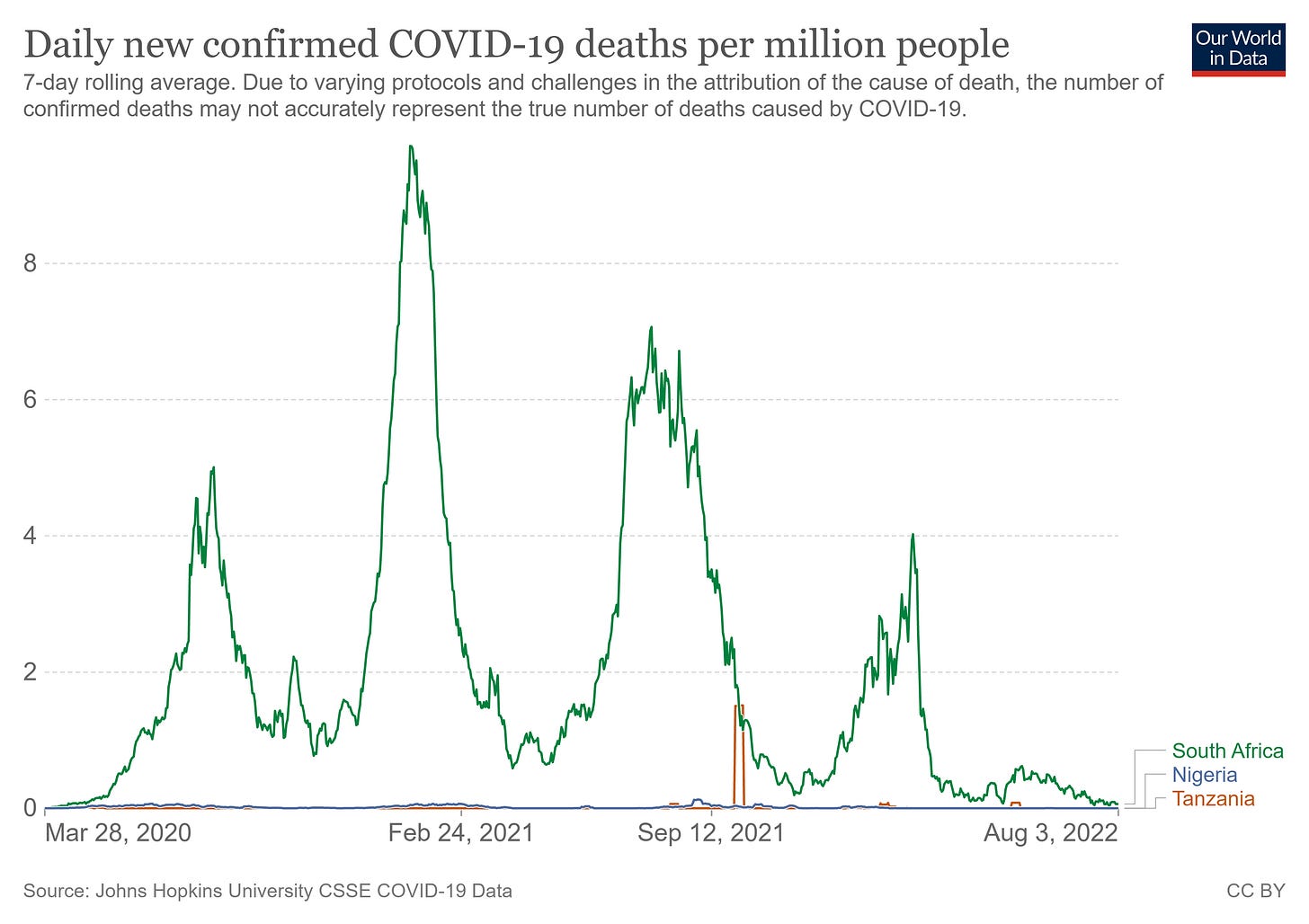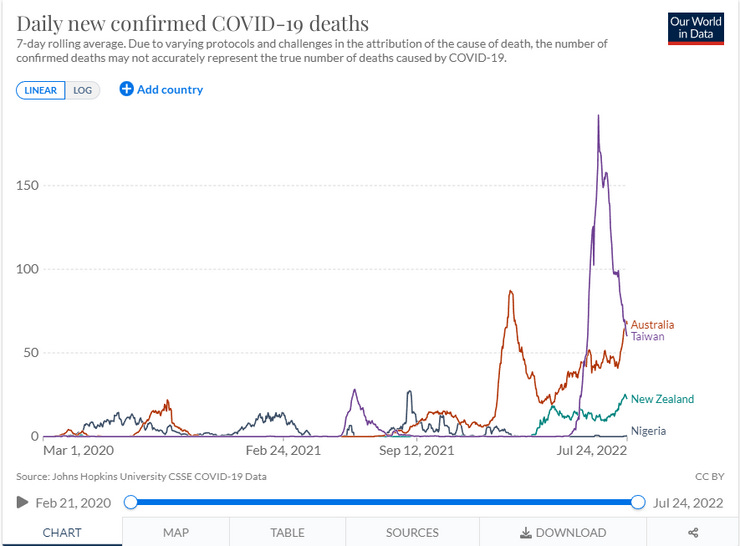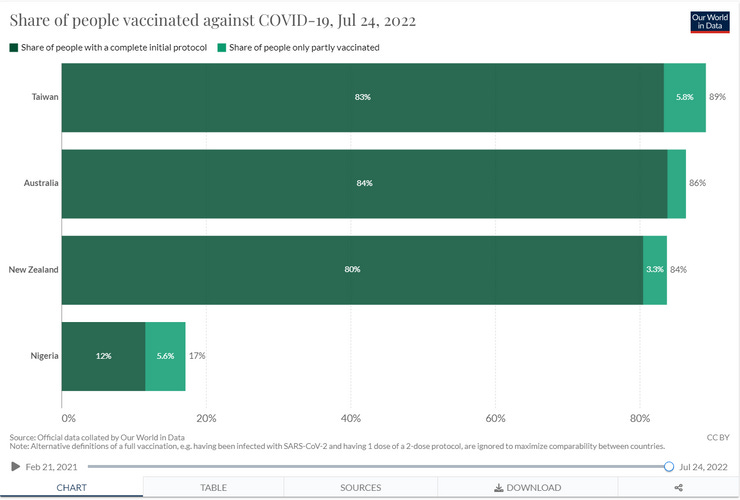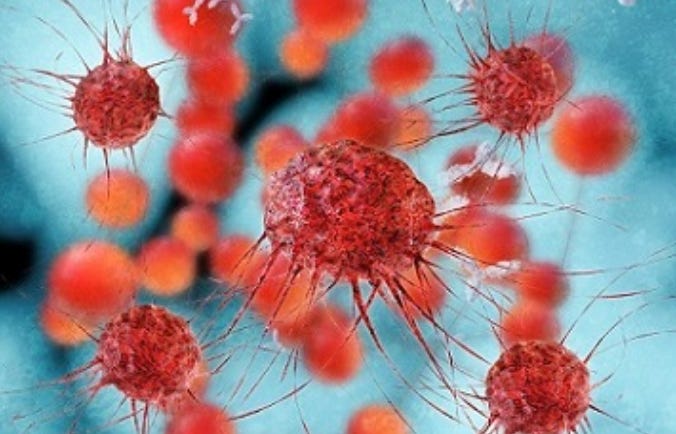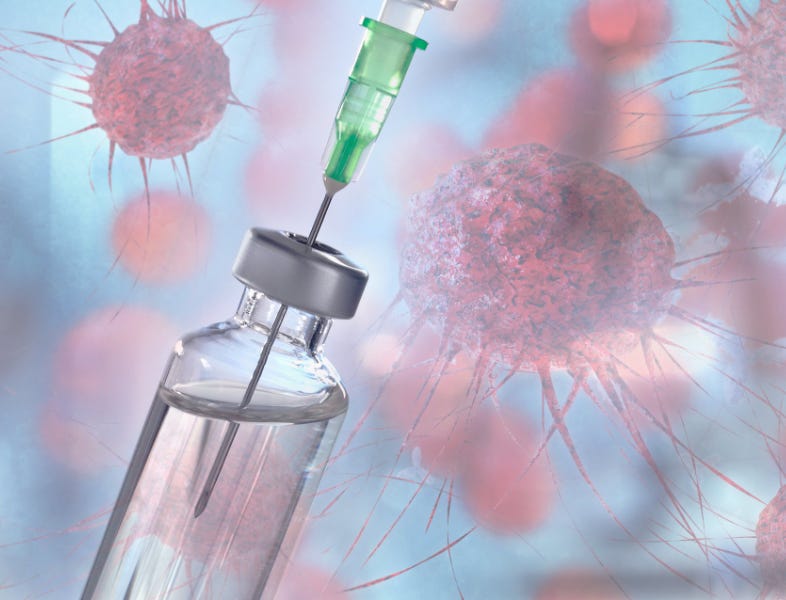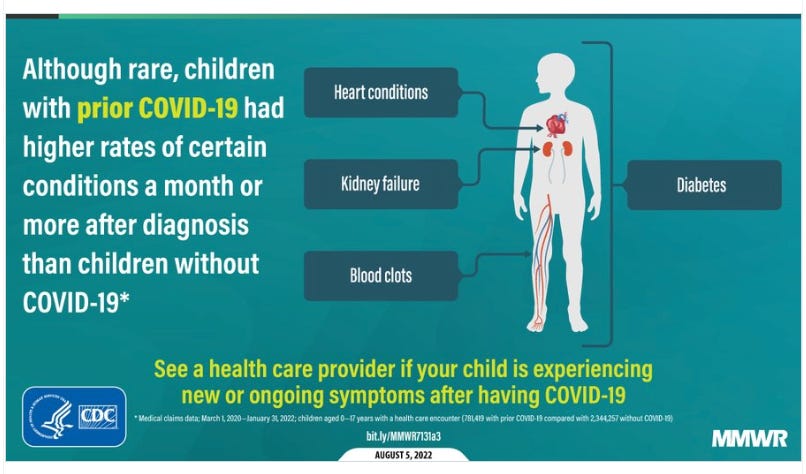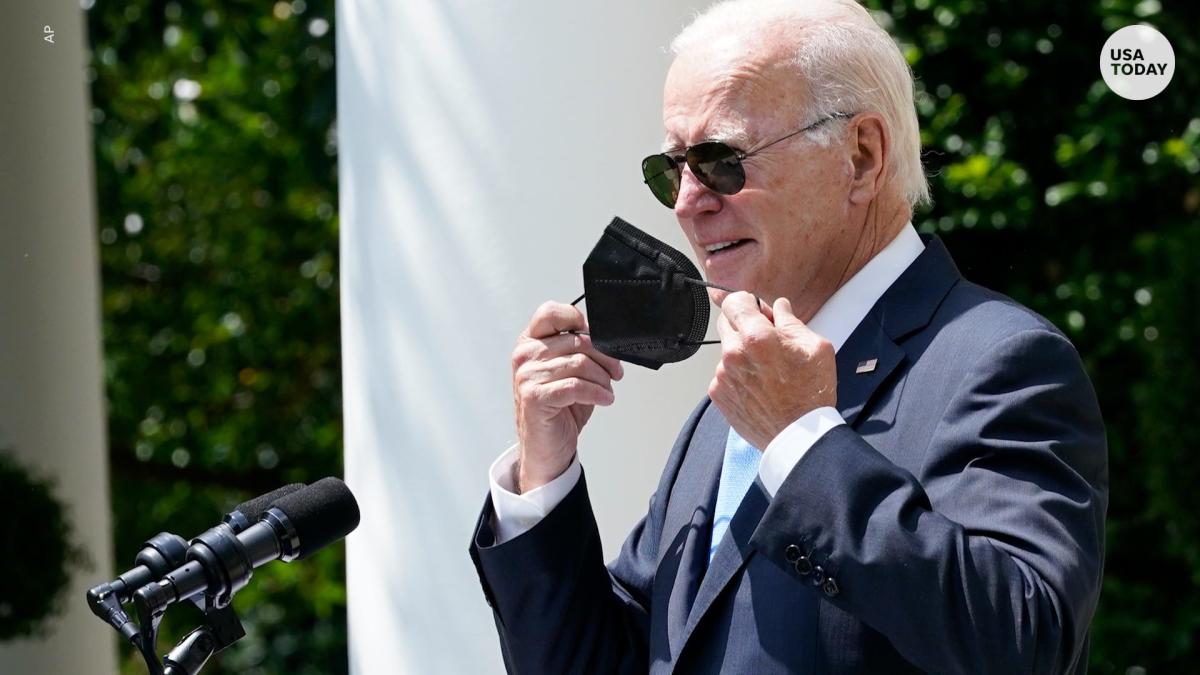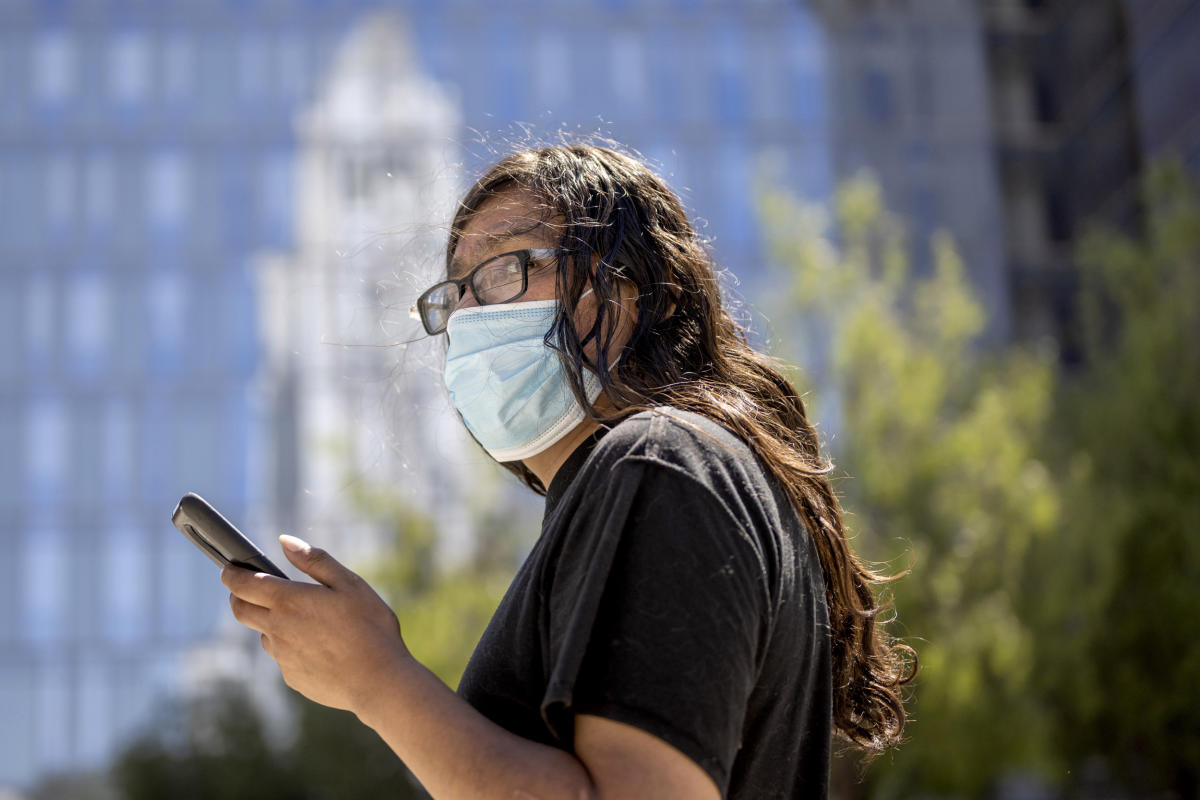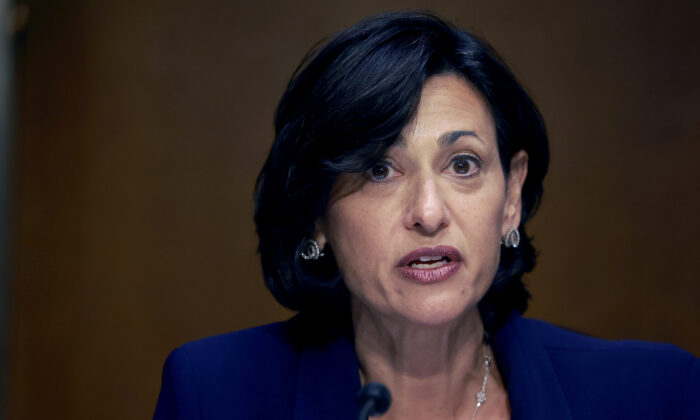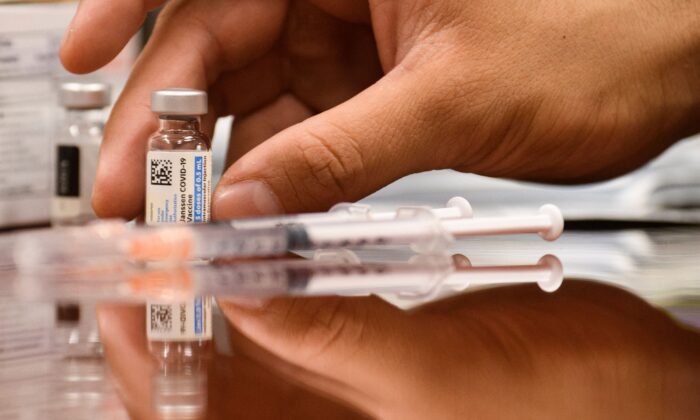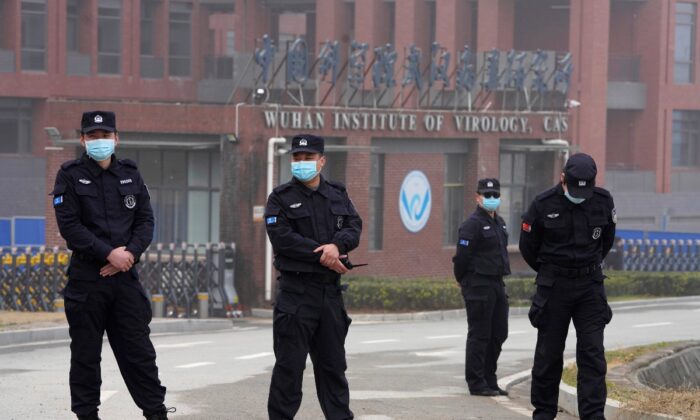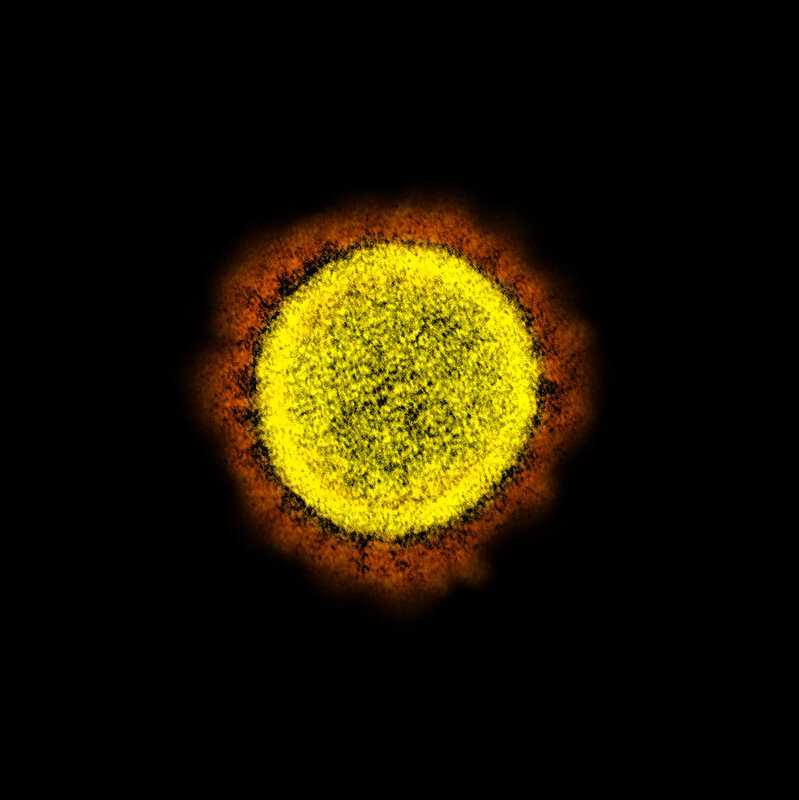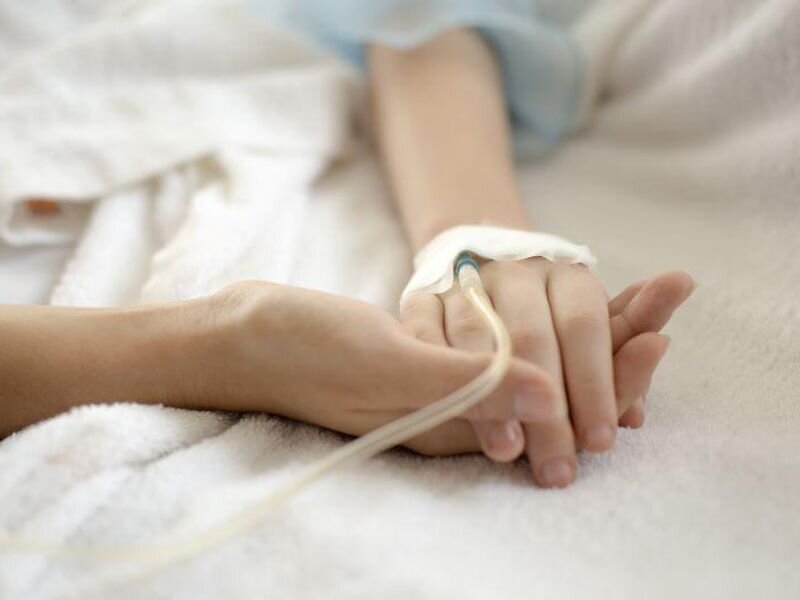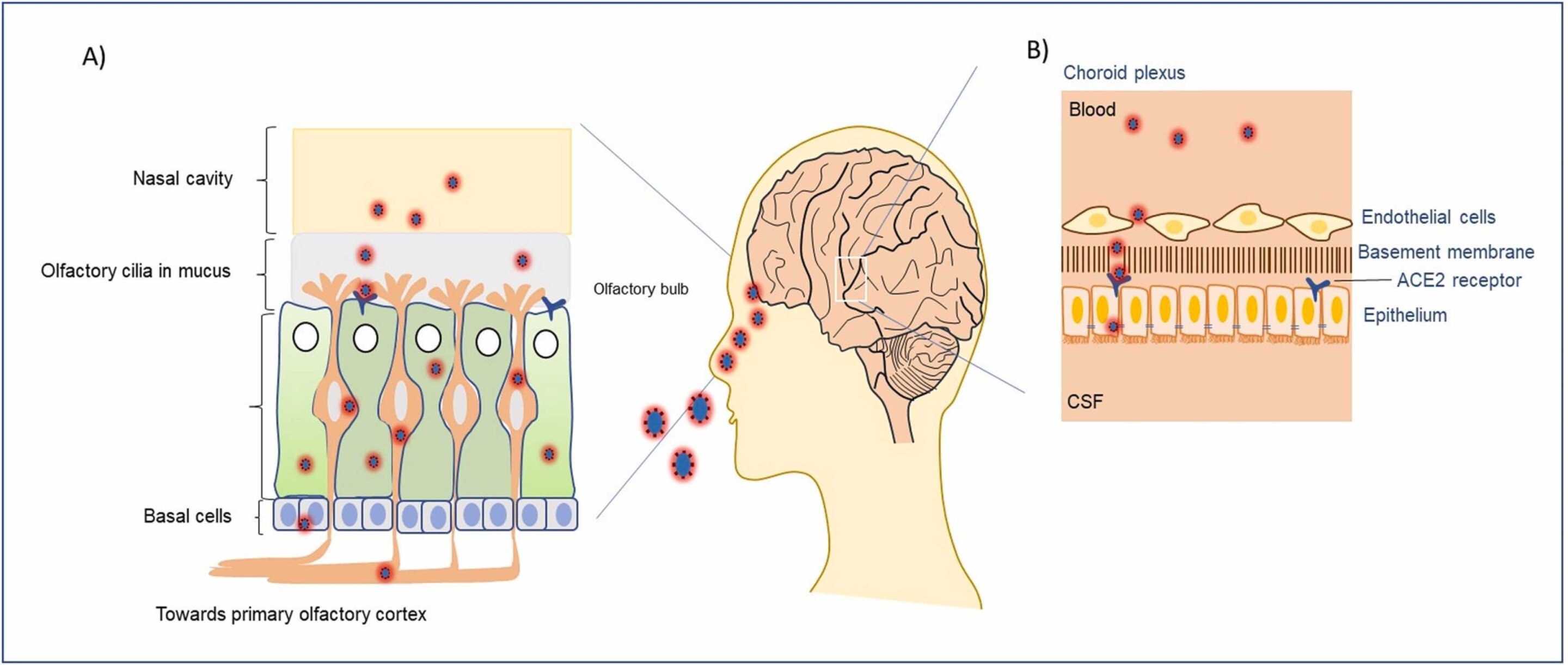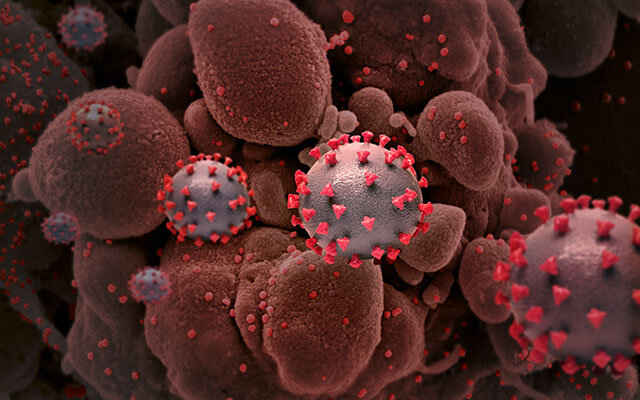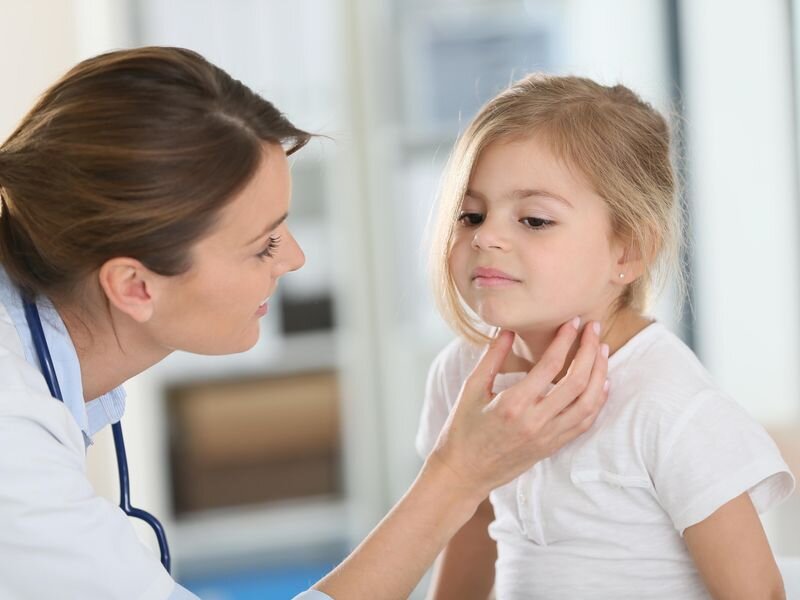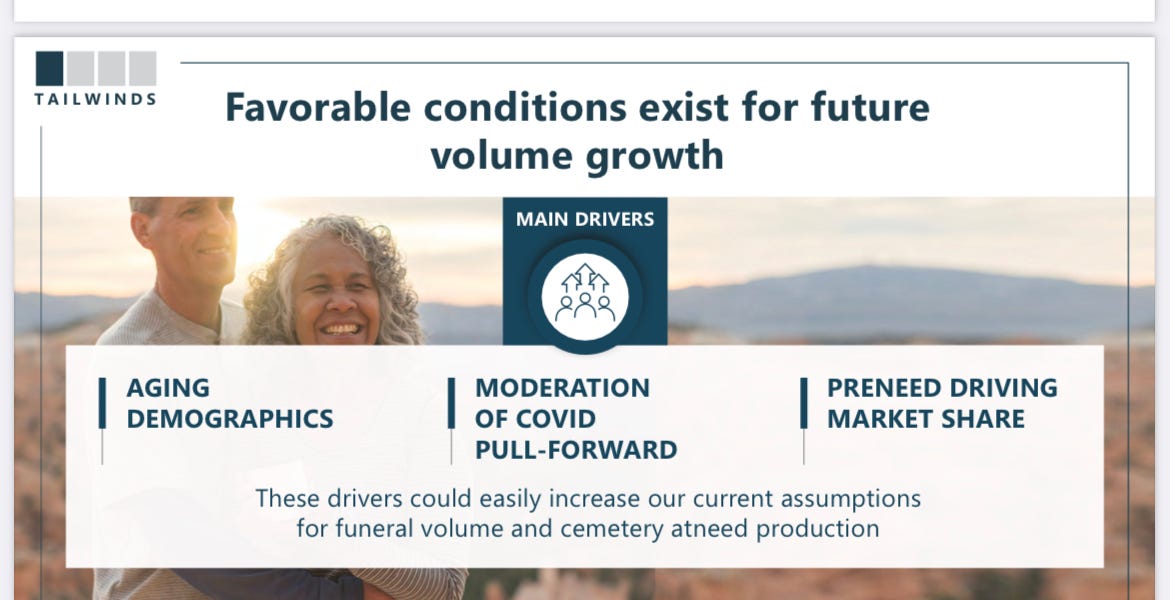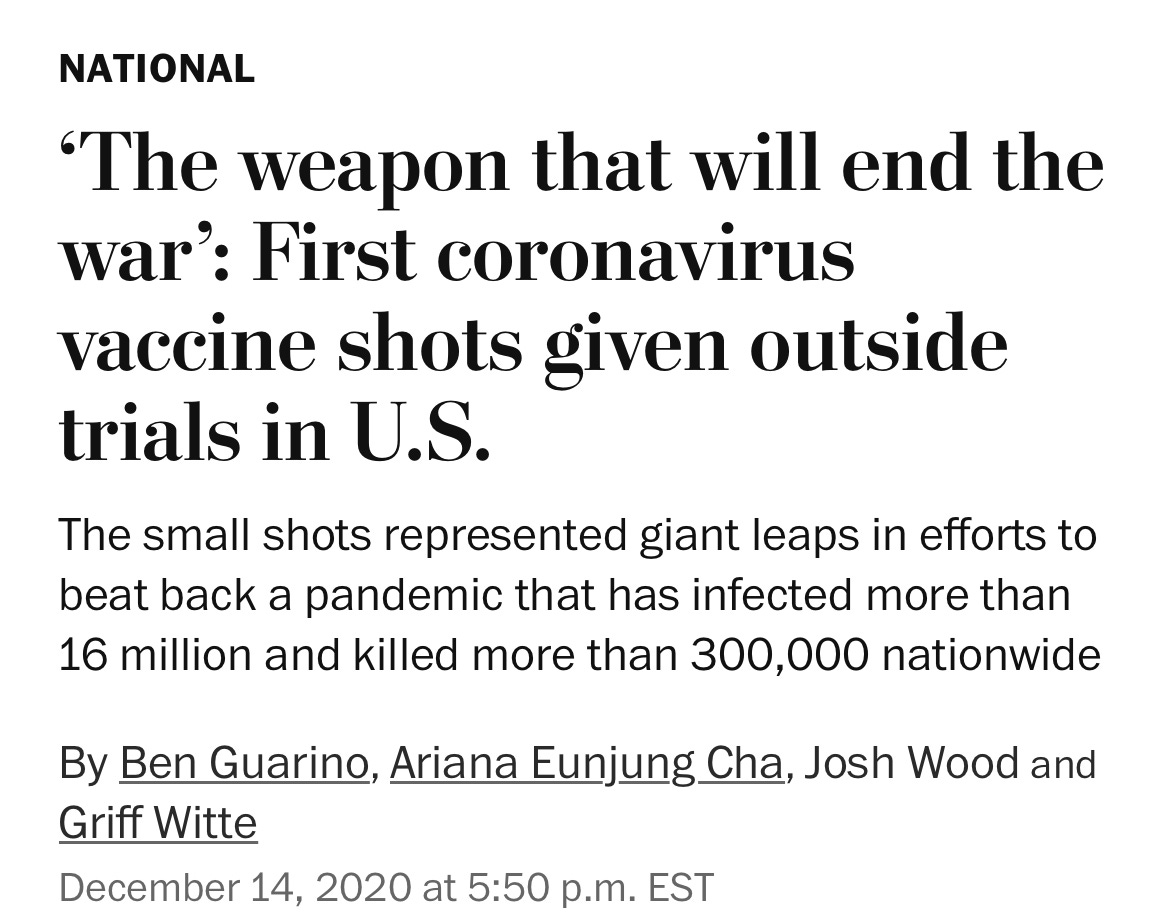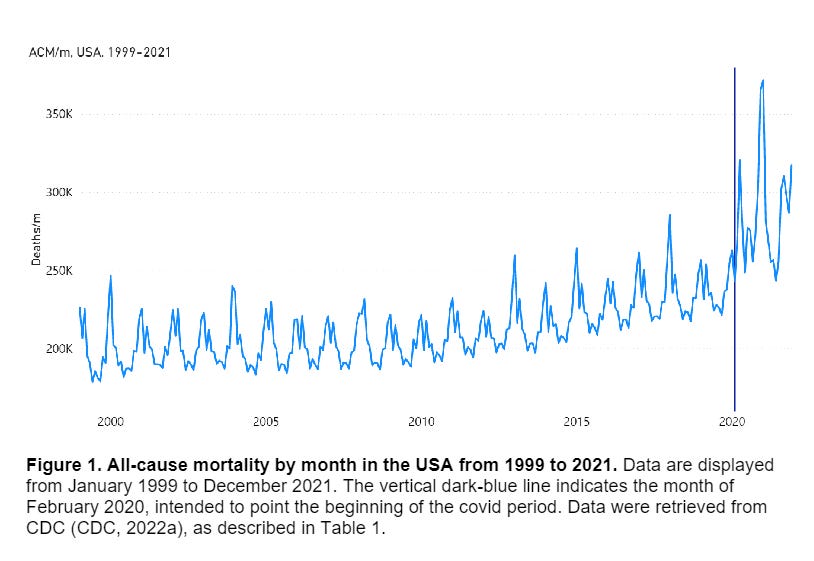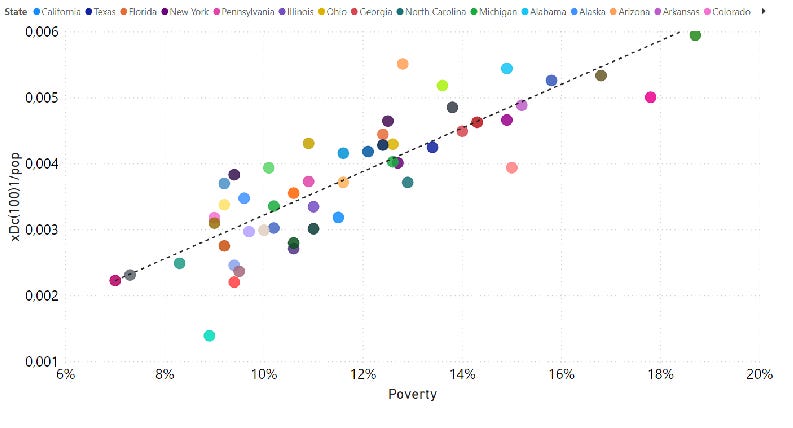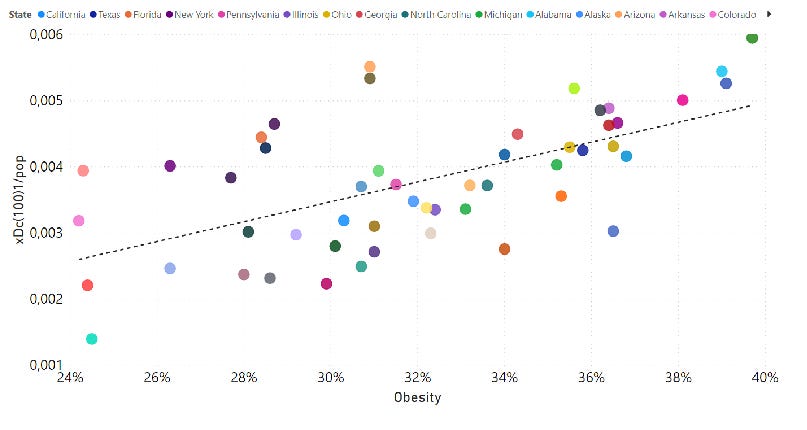[continued from post above]
No child should be vaccinated against monkeypox during this C-19 pandemic
Vaccination with
replication-incompetent orthopoxvirus-based vaccines of highly C-19 vaccinated (sub)populations is not only going to drive the expansion of more infectious MPV variants but will also have the same detrimental effect as C-19 vaccines in children: the continuous recall of vaccinal anti-MPV Abs (by circulating, more infectious MPV variants) will keep the innate Abs on the sideline and could thereby predispose the child to immunopathologies
[4](
Epidemiologic ramifications and global health consequences of the C- 19 mass vaccination experiment | Voice for Science and Solidarity).
But even
replication-competent smallpox vaccines can put the child’s health at risk. Akin to all other live attenuated & replication-competent vaccines (e.g., childhood vaccines), these vaccines are known to come with a risk of side-effects:
“
Health complications can occur after receiving the vaccine, and the risk of experiencing serious side effects must be weighed against the risk of experiencing a potentially fatal smallpox infection. The vaccine may cause myocarditis and pericarditis, which are inflammation and swelling of the heart and surrounding tissues and can be very serious. Based on clinical studies, myocarditis and/or pericarditis occur in 1 in 175 adults who get the vaccine for the first time” (ACAM2000 (Smallpox Vaccine) Questions and Answers).
“Potentially life-threatening reactions could occur in 14-52 cases out of every million. According to CDC it is estimated that 1 to 2 people out of every 1 million people vaccinated could die” Side Effects of Smallpox Vaccination | Smallpox | CDC).
The risk of severe disease may significantly increase when these
live attenuated, replication competent orthopoxvirus-based vaccines are administered to C-19-vaccinated children. S-directed Abs are thought to sideline the child’s innate immune Abs and thereby prevent NK cell-mediated innate immune recognition of host cells infected by glycosylated viruses (including pox viruses) [
Intra-pandemic vaccination of toddlers with non-replicating antibody-based vaccines targeted at ASLVI1- or ASLVD2-enabling glycosylated viruses prevents education of innate immune effector cells (NK cells) | Voice for Science and Solidarity]. This may enable live attenuated, replication competent orthopoxvirus (e.g.,
vaccinia virus) comprised within the vaccine to blow through the child’s first line of immune defense and cause (severe) monkeypox disease.
Stated bluntly, vaccination of young children against MPV is at risk of provoking life-threatening disease.
Overall conclusion
The vast majority of C-19 vaccinees and C-19 unvaccinated individuals in highly C-19 vaccinated populations develop asymptomatic (or very mild) infection upon exposure to MPV. However, close and disruptive physical contact may promote viral entry through broken skin/ mucosa and is therefore more likely to cause symptomatic infection. Whereas strong training of cell-based innate immunity is likely to prevent productive infection of C-19 unvaccinated persons in highly C-19 vaccinated populations and contributes to herd immunity, hyperactivated cytolytic CD8+ T cells in C-19 vaccinated individuals can only enhance abrogation of productive infection, resulting in substantial mitigation of disease symptoms.
Due to the current advanced stage of the evolutionary trajectory of the C-19 pandemic in highly C-19 vaccinated SMCs, MPV is likely to evolve more infectious/ pathogenic variants. Public health authorities in several highly C-19 vaccinated countries have now started rolling out MPV vaccination campaigns targeted at SMCs. MPV vaccination in the ‘at risk’ groups typically use live attenuated, non-replicating smallpox vaccines. Although these vaccines are much less problematic in terms of vaccine-induced side effects (they have even been approved for use in immunocompromised or immunodeficient people), they can only prevent orthopox (including smallpox)
disease—not productive infection. As the type of protection conferred by these vaccines is solely based on the induction of antigen-specific, virus-neutralizing Abs, MPV vaccination programs using this type of vaccines will inevitably expedite adaptive evolution of MPV and hence, further promote dominant circulation of more infectious immune escape variants. Consequently, even small-scale deployment of live attenuated, non-replicating orthopox vaccines targeted at preventing disease in vulnerable individuals are highly problematic in that they have the potential to rapidly turn highly C-19 vaccinated populations into a human reservoir for asymptomatic transmission of more infectious MPV variants to
poorly C-19 vaccinated populations that are immunologically naïve to orthopoxvirus. Viral transmission from these reservoirs is therefore at risk of igniting multi-country epidemics in poorly C-19 vaccinated countries while increasing the risk of Ab-dependent enhancement of disease in young C-19 unvaccinated children and individuals at high risk of exposure to MPV (due to risky behavior) living in highly C-19 vaccinated countries.
Given the current epidemiologic situation, mandatory vaccination against monkeypox cannot be justified, regardless of C-19 vaccination status. In C-19 vaccinated populations, current vaccination campaigns will only promote further expansion of more infectious MPV variants. But even in non-C19-vaccinated countries, vaccination is not a reasonable option. This is because poxvirus epidemics do not generate herd immunity
sensu stricto[1] and prevention, therefore, of world-wide poxvirus epidemics is only possible when the virus can be eradicated. However, eradication is only feasible provided there are no asymptomatic reservoirs and a global mass vaccination program is conducted with vaccines that are capable of preventing productive infection. The first condition is obviously not fulfilled since highly vaccinated countries now serve as asymptomatic reservoirs for MPV. The second condition cannot be fulfilled either since this would require usage of replication-competent vaccines, ideally in a pre-exposure prophylactic setting (or at least within a few days after suspected exposure). However, even replication-competent smallpox vaccines would not enable protection from productive infection by
more infectious MPV immune escape variants for the latter will not be a good match for the vaccinal Abs and could, therefore, expedite propagation of more infectious variants in non-C-19 vaccinated populations too. Furthermore, side-effects caused by the existing replication-competent smallpox vaccines may raise additional concerns in regard of vaccine safety.
Finally, no child should be vaccinated with any of the current C-19 vaccines (
Intra-pandemic vaccination of toddlers with non-replicating antibody-based vaccines targeted at ASLVI1- or ASLVD2-enabling glycosylated viruses prevents education of innate immune effector cells (NK cells) | Voice for Science and Solidarity) and no non-C-19-vaccinated young child should be vaccinated with any type of smallpox vaccines. This is because the replication-competent vaccines may cause (severe) MPV disease in these young children whereas the replication-incompetent vaccines put them at risk of contracting immunopathologies.
In conclusion, no C-19 unvaccinated person should engage in sexual behavior that is at risk of enhancing MPV infectiousness (e.g., anogenital intercourses) or be vaccinated with zoonotic orthopoxvirus types once human-to-human transmission of antigenically shifted (i.e., more infectious) MPV variants is occurring!
The current MPV pandemic is to be considered an indirect consequence of the unfortunate C-19 mass vaccination program and
does not yet constitute a public health emergency of international concern. However, each vaccination program that uses non-replicating vaccines targeted at immunologically naïve ‘at risk’ communities to fight ASLVI-enabling glycosylated viruses
[1]will expedite the expansion in prevalence of more infectious immune escape viral variants. This is why the MPV vaccination campaigns that are currently kicked off are not only likely to have a detrimental impact on
individual health (particularly in C-19 unvaccinated children and vulnerable people) but should also be considered at risk of provoking
a true public health emergency of international concern.
However, as far as highly C-19 vaccinated countries are concerned, the evolution of MPV towards establishing an asymptomatic reservoir of more infectious MPV variants is merely a ‘side-effect’ of the ongoing evolutionary trajectory of SC-2 in these countries. I therefore predict that the imminent detrimental health consequences of the C-19 mass vaccination program will soon obviate the need for further speculation on how the MPV pandemic/ multi-country epidemic is going to evolve in industrialized countries and, therefore, in third-world countries.
Postscriptum
Vaccination of vulnerable groups against zoonotic influenza virus (MPV) in a highly C-19 vaccinated population will drive adaptive evolution of zoonotic influenza virus and ignite multi-country epidemics in C-19 unvaccinated countries
The immunological mechanisms underlying asymptomatic transmission of MPV from highly C-19 vaccinated populations to immunologically orthopoxvirus-naïve, C-19 unvaccinated individuals or poorly C-19 unvaccinated populations also largely apply to a zoonotic
influenza virus. This is to say that vaccination (with a non-replicating zoonotic flu vaccine) of a C-19 vaccinated subpopulation that is at high risk of contracting zoonotic
influenza infection is prone to further promoting the expansion of zoonotic flu virus and causing (severe)
influenza disease in vulnerable people from the C-19 unvaccinated part of the population.
Which individuals are to be considered vulnerable to zoonotic influenza virus?
Whereas orthopoxviruses originating from various animal species induce cross-neutralizing Abs, influenza viruses from animal species do not induce broadly cross-neutralizing Abs. Individuals who received smallpox (i.e., cowpox-based) vaccines in the past are therefore not prone to developing Ab-dependent enhancement of viral infectiousness upon subsequent exposure to MPV. However, asymptomatic human-to-human transmission of an antigenically shifted
influenza variant spilling over from an animal reservoir (e.g., birds) may become particularly problematic in individuals who have recently recovered from productive infection with a common seasonal influenza virus type or who have recently been vaccinated against predominantly circulating influenza virus types (i.e., primarily the elderly and people with co-morbidities are who are otherwise immune suppressed). Zoonotic infection of these individuals with an antigenically shifted viral variant (most likely
avian influenza) will likely lead to more and more cases of Ab-dependent enhancement of
influenza disease
[1] in humans. However,
severe disease is unlikely to occur due to trained cell-based innate immunity (in C-19 unvaccinated persons) or cell-based adaptive immunity (in C-19 vaccinated persons). Should public health authorities recommend vaccination of the elderly and people with co-morbidities against the zoonotic
influenza virus (most like,
avian influenza virus), we will undoubtedly witness circulation of more infectious variants in highly vaccinated populations, resulting in enhanced rates of disease predominantly in C-19 unvaccinated children (because of a higher chance of re-infection shortly after previous exposure) and individuals who have recently been primed with common (seasonal) influenza virus types.
Similar to the epidemic predictions made for MPV, asymptomatic transmission of zoonotic
influenza (most likely
avian influenza) from highly C-19 vaccinated populations will likely give rise to multi-country epidemics of zoonotic
influenza in poorly C-19 vaccinated populations and several animal species (livestock?) that are immunologically naïve to the transmitted zoonotic
influenza virus.
Similar also to the risks associated with MPV vaccination of young children, immunization of young children with any type of zoonotic
influenza vaccine is at risk of causing (severe) zoonotic
influenza disease (i.e., in the case of replication-competent vaccines) or immunopathologies (i.e., in the case of replication-incompetent vaccines).
In conclusion, no C-19 unvaccinated person should be vaccinated with common (seasonal) or zoonotic influenza virus types once human-to-human transmission of antigenically shifted (i.e., more infectious) influenza variants is occurring!
[1] Populations aged < 50y have not been vaccinated in the past against smallpox. The smallpox vaccine uses live attenuated, replication-competent cowpox (
vaccinia) virus and largely protects against monkeypox disease.
[2] Infections with these viruses typically cause acute self-limiting viral disease
[3] As the current SC-2 variants are further strengthening their infectiousness, presumably as a result of stronger binding to the infection-enhancing Abs (
Epidemiologic ramifications and global health consequences of the C- 19 mass vaccination experiment | Voice for Science and Solidarity), more SC-2 virions are
internalized into migrating dendritic cells and thereby contribute to activation of cytolytic CD8+ T cells
[4] For the purpose of this manuscript, ‘vulnerable’ refers to individuals from sexual minority communities (SMCs), wherein SMCs refer to gay and bisexual male communities engaging in high-risk sexual behaviors for MPV infection (e.g., anogenital intercourses)
[5] Disease in vulnerable, C-19 vaccinated individuals occurs when the virus breaks through the cytolytic immune defense provided by the hyperactivated CTLs
[6] Regardless of safety concerns about potential side-effects, live attenuated, replication-competent orthopox vaccines will not be effective when used in highly C-19 vaccinated populations. This is because elimination of MPV-infected cells by cytotoxic innate or adaptive immune cells (i.e., trained innate NK cells or CTLs in the non-C19-vaccinated or C-19 vaccinated, respectively) will largely prevent ‘vaccine take’.
[7] Enhanced intrinsic infectiousness could even enable airborne transmission (e.g., via particle/ droplet aerosol) as in the case of smallpox
[8] Re-infection with MPV in the presence of non-neutralizing, low-affinity anti-MPV Abs enhances viral infectiousness and, therefore, disease in young, C-19 unvaccinated children
[9] These Abs are currently making C-19 vaccinees more and more susceptible to productive re-infection with SC-2
Infection-enhancing anti-SARS-CoV-2 antibodies recognize both the original Wuhan/D614G strain and Delta variants. A potential risk for mass vaccination?
[10] The additional protective effect of past vaccination with smallpox vaccines might predominantly benefit the elderly (> 65 y) and vulnerable people.
[11] Because of deficient or insufficient education of NK cells to sense virus-associated self-mimicking peptides expressed on the surface of host cells infected by said ASLVI- or ASLVD-enabling glycosylated viruses
(
Intra-pandemic vaccination of toddlers with non-replicating antibody-based vaccines targeted at ASLVI1- or ASLVD2-enabling glycosylated viruses prevents education of innate immune effector cells (NK cells) | Voice for Science and Solidarity).
[12] Herd immunity
sensu stricto relates to a level of naturally induced, protective immunity that has been established in the majority of the population and is high enough to protect the remainder of that population by virtue of diminished infectious transmission.
[13] Although monkey pox is an ASLVD, it can be considered an ASLVI when spreading in a highly C-19 vaccinated population at this stage of the C-19 pandemic (i.e., due to hyperactivation of cytolytic CD8+ T-cells)
[14] This is because the antigenically shifted immune escape variant from the animal reservoir will not properly match the vaccine-induced Abs.

